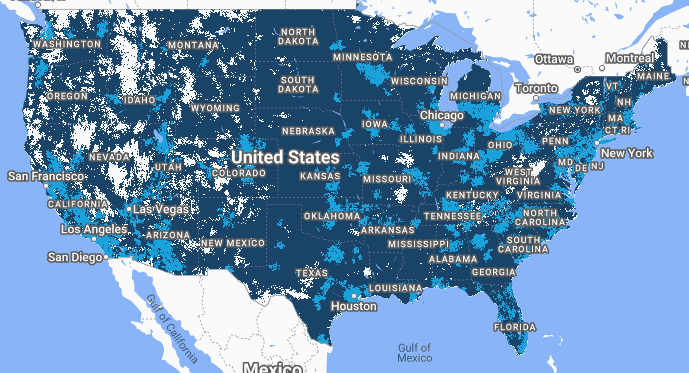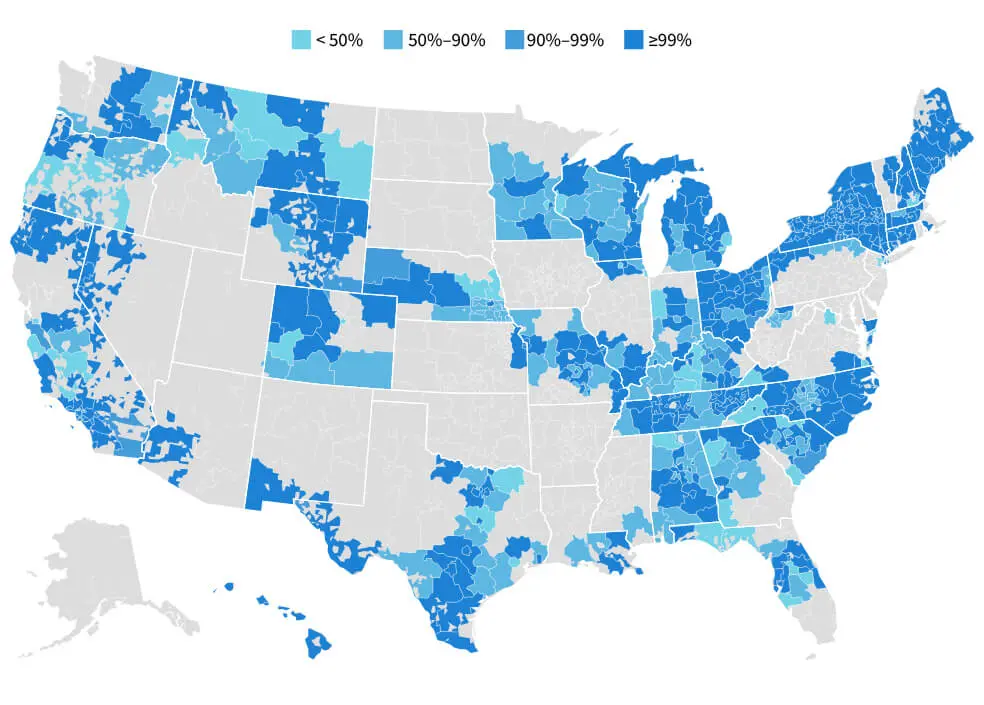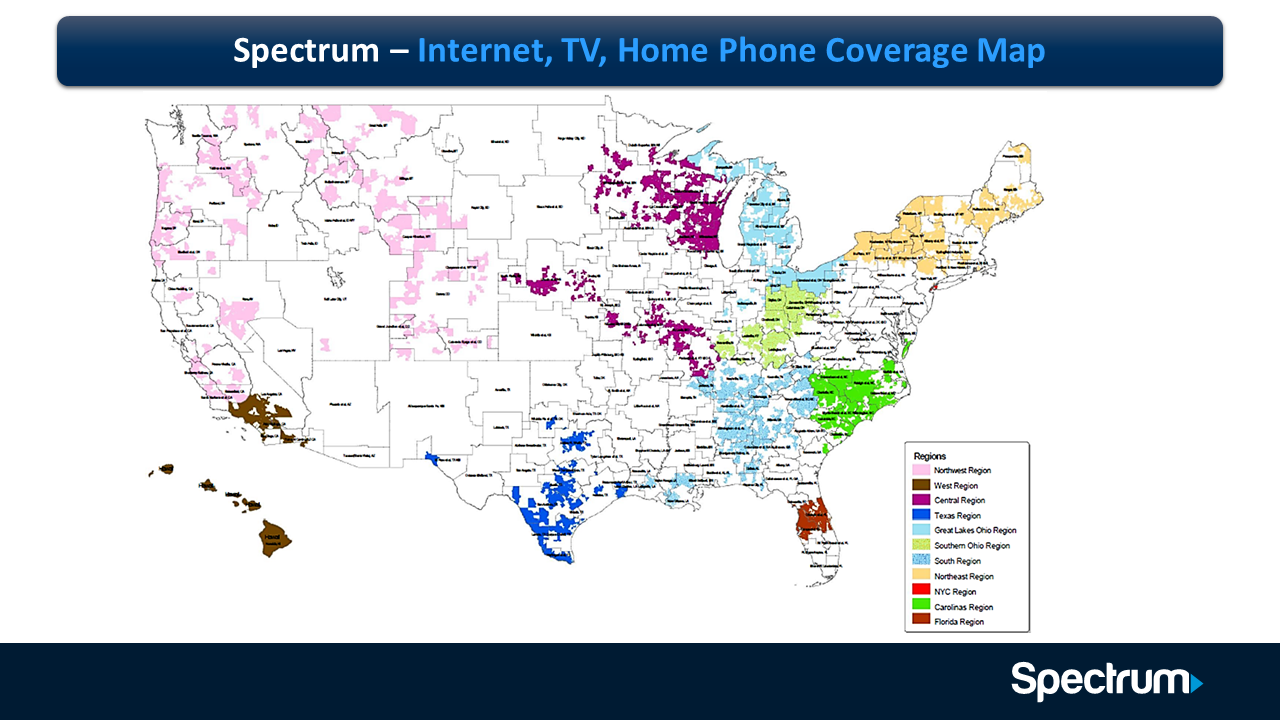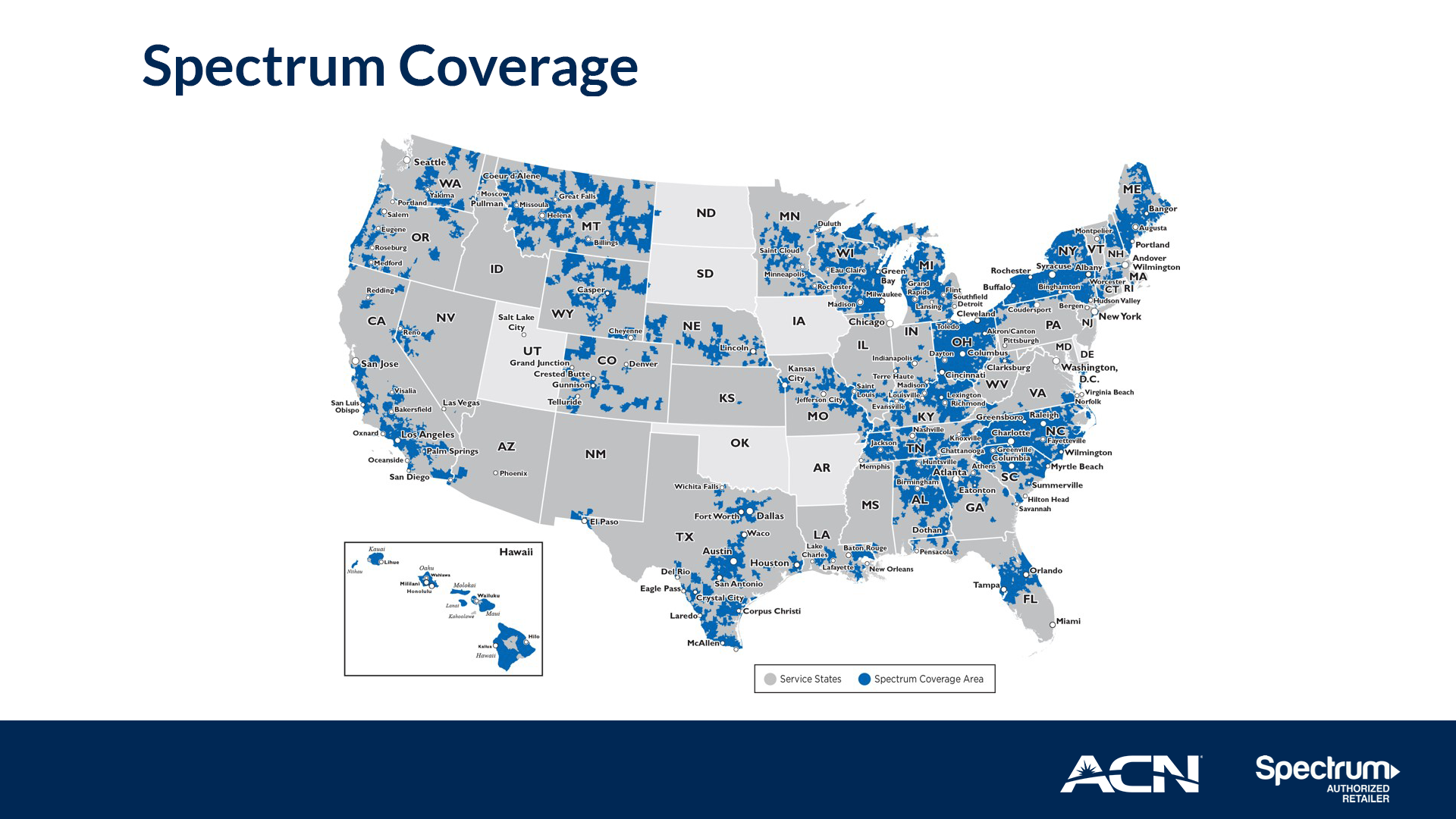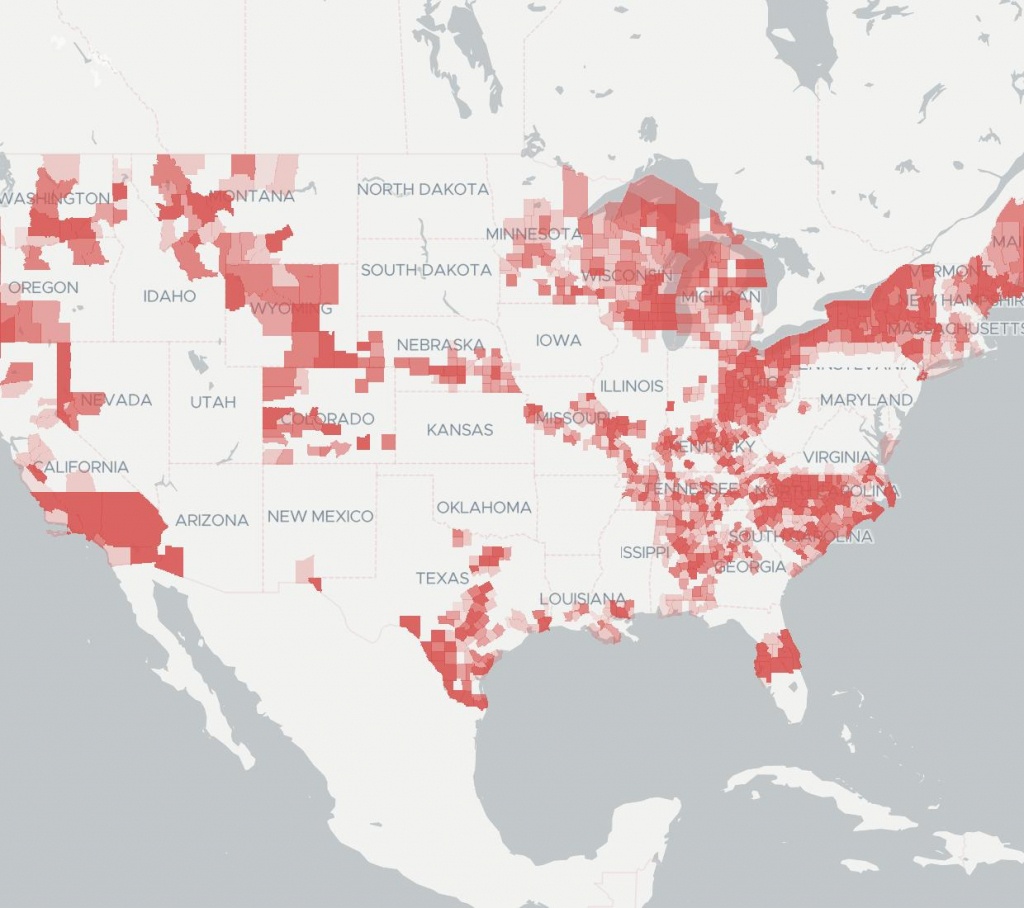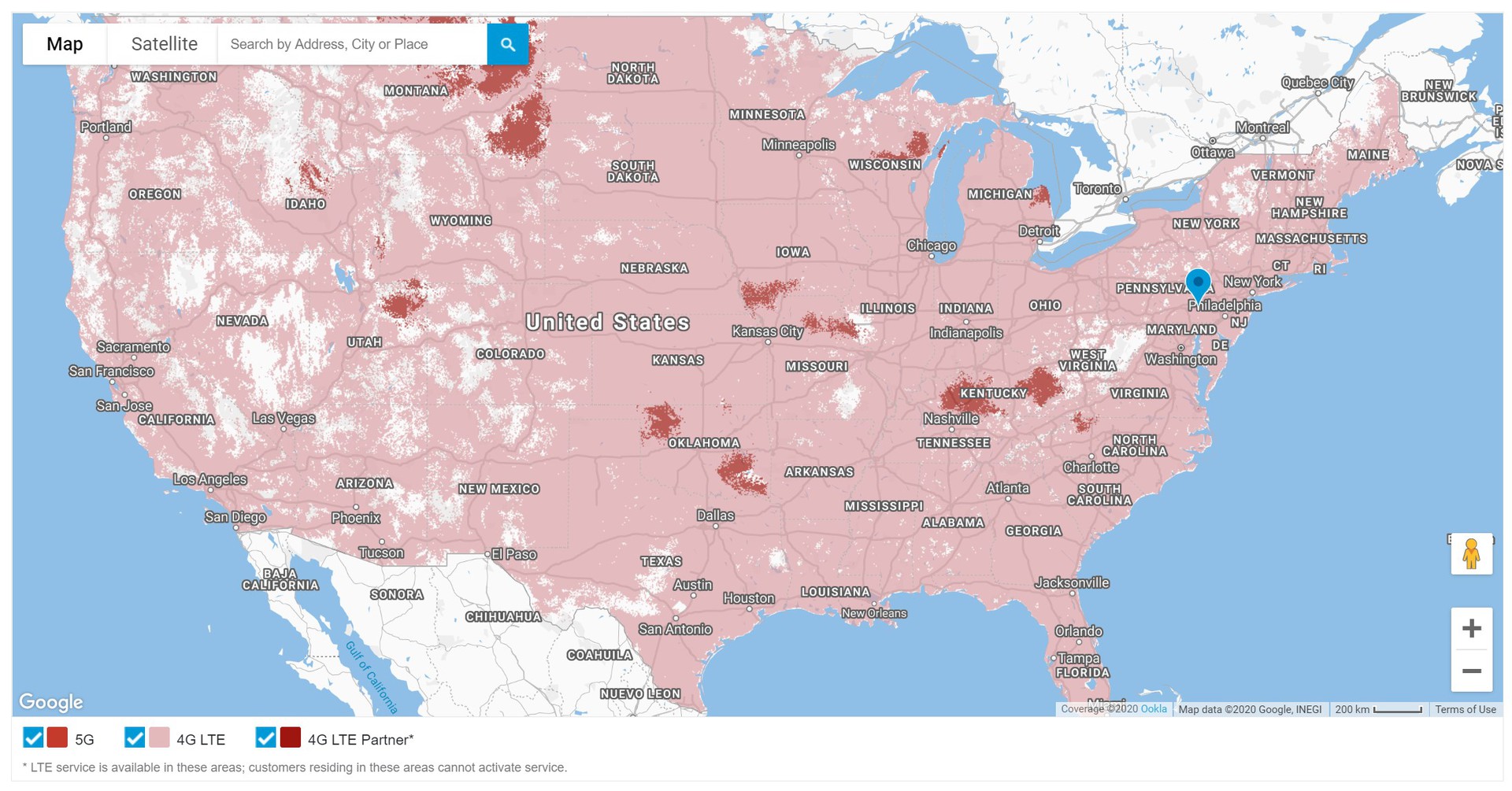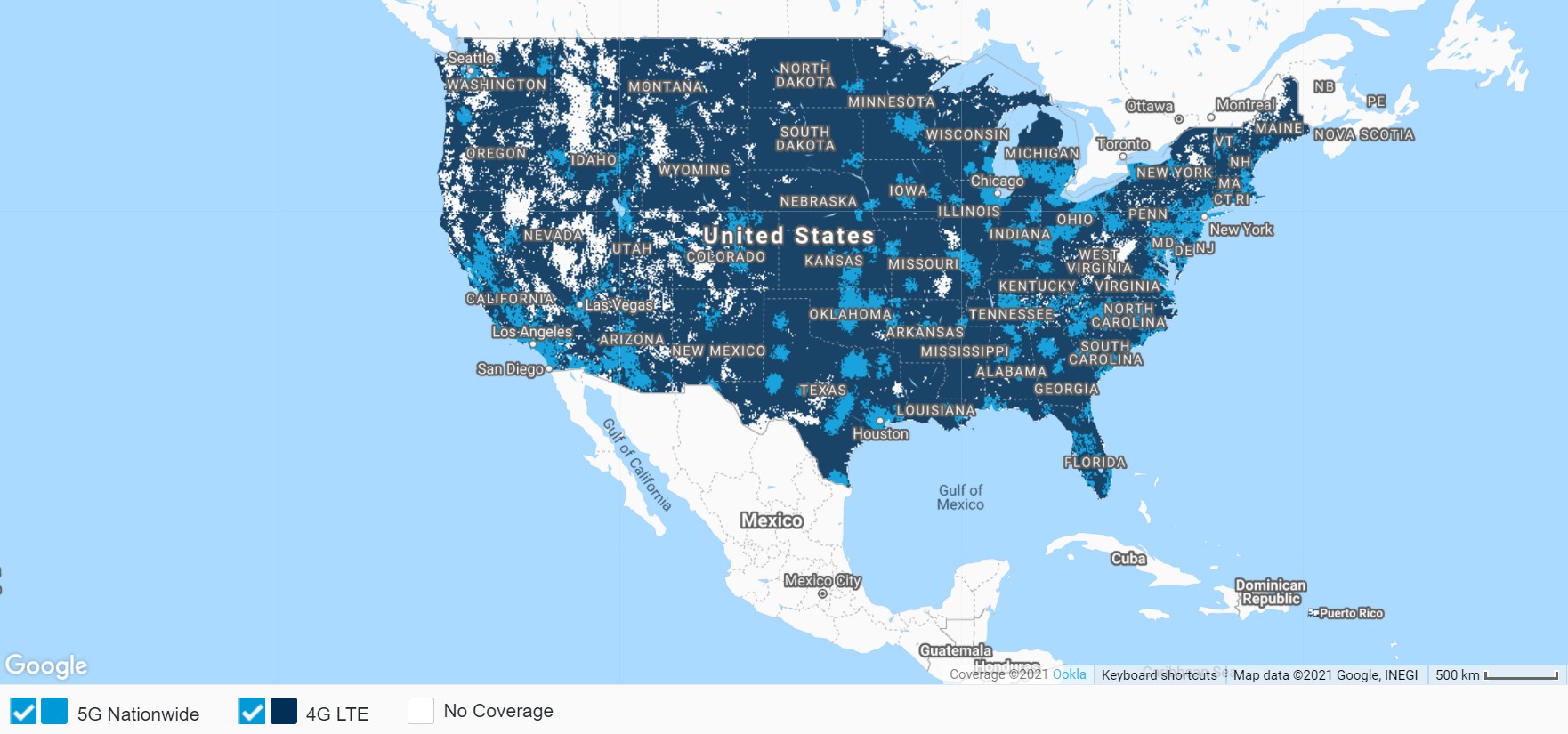Spectrum Service Availability By Address

The digital divide remains a stark reality in the United States, and a persistent question echoes in countless households: Is reliable internet service available at my address? For many, the answer hinges on the presence, or absence, of Spectrum, a major internet service provider (ISP).
The frustration surrounding Spectrum's service availability, particularly in rural and underserved areas, is palpable. Limited infrastructure, economic viability concerns, and regulatory hurdles all contribute to a complex landscape where access to high-speed internet, once a luxury, is now a critical necessity.
The Nut Graf: Understanding the Availability Puzzle
This article delves into the intricacies of Spectrum's service availability, focusing on the factors influencing its reach and the tools available to consumers seeking clarity. We'll explore the challenges Spectrum faces in expanding its network, the accuracy of address-based availability checks, and the ongoing debate surrounding universal broadband access.
By examining official statements, FCC data, and independent reports, we aim to provide a balanced perspective on the current state of Spectrum's service footprint and its implications for communities nationwide.
Factors Influencing Spectrum's Footprint
Spectrum's availability is primarily dictated by its existing infrastructure: the network of cables and fiber optic lines required to deliver internet services. Building and maintaining this infrastructure, especially in sparsely populated areas, involves significant investment.
Charter Communications, Spectrum's parent company, has cited the cost of extending its network as a major barrier to universal service. Lower population densities often translate to lower potential revenue, making it difficult to justify the expenditure.
Government regulations and funding opportunities also play a crucial role. The Federal Communications Commission (FCC) sets the standards for broadband deployment and administers programs designed to subsidize internet expansion in underserved areas.
Navigating the complex web of permits, environmental regulations, and right-of-way agreements can further delay or hinder network construction projects. This is according to the Spectrum official website.
Checking Availability: Accuracy and Limitations
Spectrum, like most ISPs, offers online tools to check service availability by address. These tools typically rely on databases that map service areas and infrastructure deployments.
However, discrepancies can arise between the information presented online and the actual service capabilities at a specific location. This is often due to database inaccuracies, recent infrastructure changes, or unforeseen technical challenges.
Customers have reported instances where the online tool indicates availability, but subsequent installation attempts are unsuccessful. These inaccuracies are creating frastrations, especially for new customers.
In such cases, contacting Spectrum directly and requesting a site survey is often the best course of action. A physical inspection can help determine the feasibility of providing service and identify any potential obstacles.
The Push for Universal Broadband and Spectrum's Role
The debate surrounding universal broadband access has intensified in recent years, highlighting the importance of reliable internet for education, healthcare, and economic opportunity. Advocates argue that broadband should be considered a public utility, accessible to all regardless of location or income.
Spectrum faces increasing pressure to expand its service footprint and contribute to closing the digital divide. This pressure comes from government agencies, consumer advocacy groups, and the communities themselves.
“We are committed to bridging the digital divide and bringing high-speed internet to unserved and underserved areas,” states a recent Charter Communications press release.
The company has participated in various government-funded initiatives aimed at expanding broadband access, including the Rural Digital Opportunity Fund (RDOF).
Looking Ahead: Future of Spectrum's Service Availability
The future of Spectrum's service availability is intertwined with technological advancements, regulatory policies, and the ongoing push for universal broadband. The deployment of new technologies, such as fixed wireless access, could potentially offer more cost-effective solutions for reaching remote areas.
The FCC's ongoing efforts to improve broadband mapping and allocate funding for infrastructure projects will also play a critical role. Consumers should remain vigilant in advocating for their connectivity needs and holding ISPs accountable for providing accurate service information.
Ultimately, ensuring equitable access to high-speed internet requires a collaborative effort involving ISPs like Spectrum, government agencies, and local communities. Only through sustained investment, innovative solutions, and a commitment to inclusivity can we bridge the digital divide and unlock the full potential of a connected nation.

